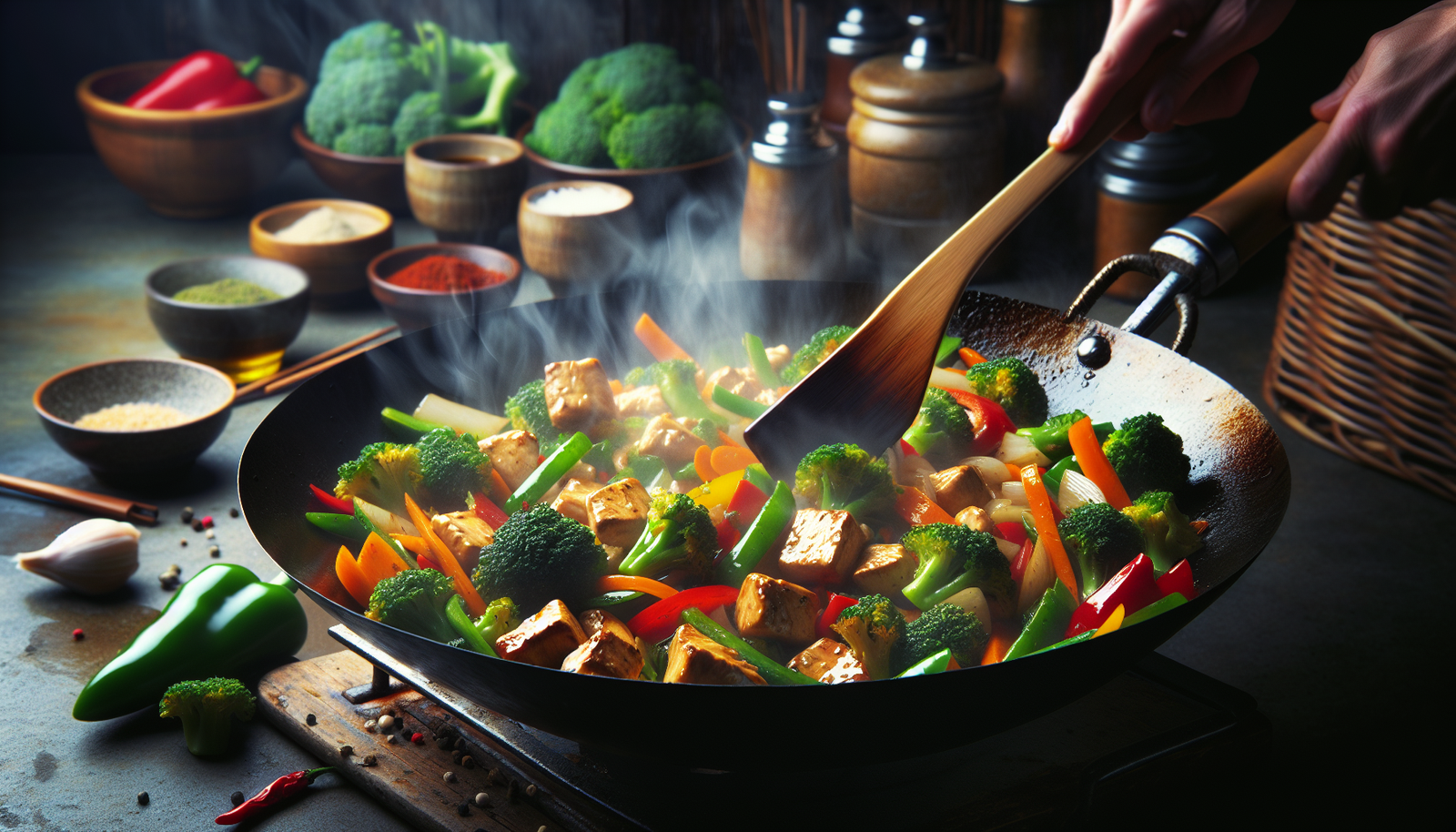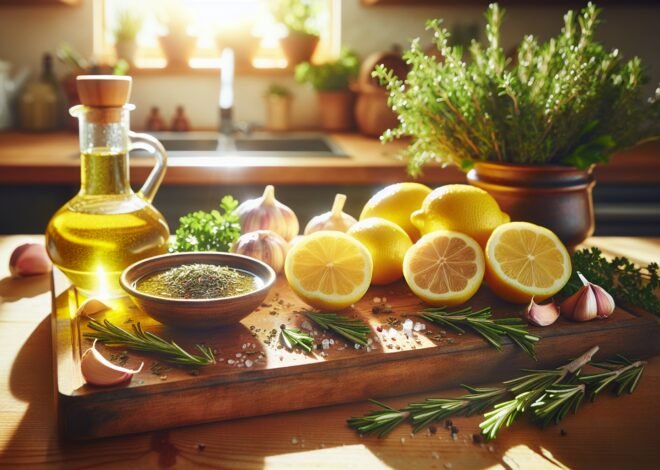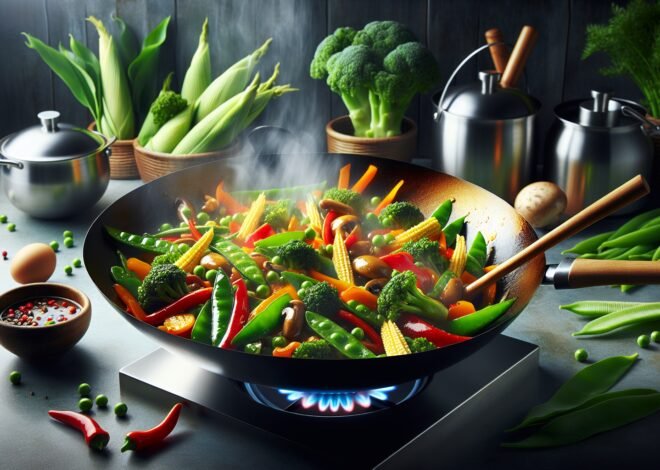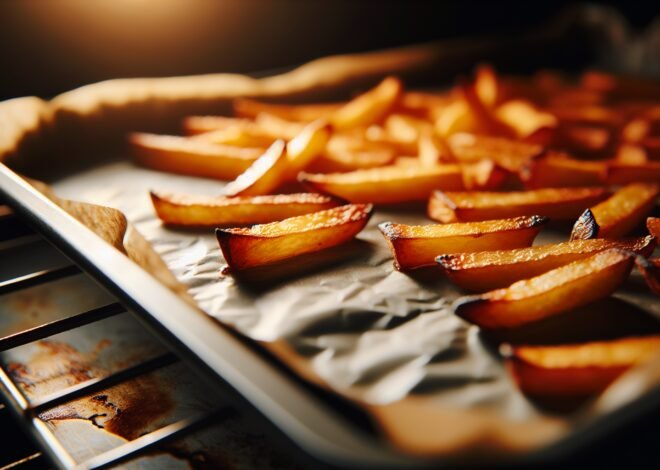
The Science Behind Stir-Frying: Why It Works for Quick Cooking
The science of stir-frying is rooted in its ability to offer quick, efficient cooking while preserving nutritional value. Originating from Asian cuisine, stir-frying is a technique where food is cooked in a small amount of hot oil, usually in a wok, at high heat. This method not only seals in flavors but also retains most of the food’s nutrients. Research suggests that rapid frying it uses limits exposure to heat, reducing vitamin loss. Stir-frying is becoming popular globally—especially for those seeking healthy, tasty meals in minimal time. Dive in to understand how this technique maintains health benefits without compromising taste.
“`html
Understanding the Basics of Stir-Frying
Stir-frying is a culinary technique that brings out vivid flavors and textures in food. It’s a quick, versatile method that suits a busy lifestyle. Mastering the basics can transform your home cooking into something spectacular.
Essential Equipment for Effective Stir-Frying
Successful stir-frying starts with the right equipment. The most important tool is the wok. This deep, sloped pan allows for even heat distribution and quick cooking. While traditional woks are made of carbon steel, non-stick versions are also available for easier cleaning.
A good-quality spatula or wok turner is another crucial piece of equipment. It helps keep the food in constant motion, ensuring even cooking. A long-handled wooden or silicone spatula prevents scratching and withstands high heat.
Investing in a gas burner or stove is ideal, as it provides the intense heat needed for proper stir-frying. If you don’t have a gas stove, choose an electric burner with a high heat setting.
A lid for the wok is also useful for steaming ingredients, which helps in softening vegetables without losing their crispiness. To prepare all ingredients efficiently, a sharp knife and a sturdy cutting board are also essential.
Key Ingredients for Perfect Stir-Frying Results
Choosing the right ingredients is crucial for achieving authentic stir-fry flavors. Aromatics like garlic, ginger, and onions are fundamental. They form the flavor base and should be fresh for the best results. Soy sauce, oyster sauce, and hoisin sauce are typical seasoning staples that add depth and umami to dishes.
Fresh vegetables like bell peppers, broccoli, and snow peas are ideal for stir-frying. Their vibrant colors and textures make the dish visually appealing and nutritious. For protein, options like chicken, beef, tofu, or shrimp work well. It’s important to cut protein into uniform, bite-sized pieces for even cooking.
Noodles or rice can be added as a carbohydrate component. Make sure they are pre-cooked and drained to avoid sogginess during stir-frying. Additionally, incorporating nuts or seeds can add a delightful crunch.
Keep in mind that fresher ingredients not only taste better but ensure faster cooking, aligning with the quick pace of stir-frying.
Optimal Cooking Techniques for Stir-Frying
The technique of stir-frying revolves around the concept of speed and heat. Begin by prepping all ingredients before you start cooking. This method doesn’t allow time to pause, so having everything ready is essential.
Heat the wok on high before adding any ingredients. Once hot, add a small amount of oil and allow it to shimmer. Start with aromatics like garlic and ginger to infuse the oil with flavor.
Introduce proteins first, since they generally take longer to cook. Stir continuously to ensure even exposure to heat. Once cooked, remove them from the wok to prevent overcooking.
Add vegetables next. Stir quickly to retain their color and crunch. Reintroduce the protein and pour in the sauce towards the end. Toss everything together to coat evenly.
Timing is key; everything comes together in minutes. With practice, you’ll develop the rhythm needed to create perfect stir-fried dishes.
The Science Behind Stir-Frying Techniques
Stir-frying is not just about taste; it’s a science that involves heat transfer and reactions. Understanding these elements can elevate your culinary skills, ensuring consistently excellent results.
Importance of High Heat in Stir-Frying
High heat is crucial for stir-frying. It allows the ingredients to cook rapidly while sealing in moisture. The intense temperature quickly browns the exterior, creating a flavorful crust without overcooking the inside.
Maintaining high heat prevents the ingredients from steaming. Steaming can make the dish soggy, which is not desirable in stir-frying. Cooking over high heat also speeds up the Maillard reaction, enhancing flavor and color.
If your stove can’t provide high heat, work in small batches to avoid overcrowding. This ensures each ingredient receives direct heat contact.
The Role of Oil in Stir-Frying Efficiency
Oil is a vital component in stir-frying, acting as a heat conductor. Its role is to coat the ingredients, promoting even cooking and preventing sticking.
Choose oils with a high smoke point, such as peanut or vegetable oil. These oils can withstand the required temperatures without breaking down or imparting off-flavors.
The right amount of oil is essential. Too much can make the dish greasy, while too little can lead to uneven cooking. Aim for a thin sheen to cover the bottom of the wok.
Adding oil after the wok is hot prevents it from soaking into the ingredients, keeping the dish light and crisp.
Maillard Reaction and Flavor Development
The Maillard reaction is a chemical process that occurs when proteins and sugars in the food are exposed to heat, resulting in browning and flavor enhancement.
In stir-frying, this reaction contributes to the savory, complex flavors we associate with expertly cooked dishes. Achieving this requires a combination of high heat and proper technique.
The reaction is what gives stir-fried meats their distinctive grilled taste and vegetables their caramelized sweetness. Understanding this process helps you harness its power for tastier, more appealing meals.
Benefits of Stir-Frying for Quick and Healthy Meals
Stir-frying is a favorite cooking method for those seeking healthy, delicious meals in a fraction of the time. Its efficiency, nutrient preservation, and adaptability make it stand out.
Nutrient Preservation in Stir-Fried Dishes
The speed of stir-frying helps preserve the nutrients in vegetables. Since they are cooked quickly at high heat, vitamins and minerals are retained better compared to other methods.
This technique keeps vegetables crisp and vibrant, enhancing both their nutritional value and visual appeal. The brief cooking time also helps retain more of the natural flavors and textures.
Unlike boiling or steaming, where nutrients can be lost in the cooking water, stir-frying allows the food to maintain its nutritional integrity.
Including a variety of vegetables in your stir-fry ensures a rich intake of dietary fiber, antioxidants, and essential vitamins.
Time Efficiency of Stir-Frying Cooking Method
Stir-frying is synonymous with quick cooking. Ideal for busy weeknights, it reduces meal prep time without compromising on flavor or quality.
With all the ingredients prepped beforehand, the actual cooking process takes just minutes. This means less time spent in the kitchen and more time enjoying your meal.
Cleaning up is also minimal, often requiring just the wok and a few utensils. The efficiency of stir-frying means you can prepare fresh, home-cooked meals even on the busiest days.
Versatility of Stir-Frying for Diverse Cuisines
Stir-frying is not limited to Asian cuisine. It’s a versatile technique that can be adapted to suit various culinary traditions around the world.
Experimenting with different ingredients and seasonings allows you to create Mediterranean, Mexican, or even American-style dishes using the same basic method.
The adaptability of stir-frying makes it a go-to for those who enjoy experimenting with flavors and cuisines. It’s perfect for using leftovers or introducing new ingredients, offering endless possibilities for creativity in the kitchen.
By mastering stir-frying, you unlock a world of culinary potential, allowing you to whip up quick, healthy meals inspired by global flavors.
“`
Conclusion
Stir-frying is a Chinese cooking technique that involves cooking food quickly at high heat in a wok. The method requires constant stirring to ensure even cooking and prevent burning. The use of high heat helps to develop complex flavors and a unique texture in the ingredients. Proper preparation, including cutting ingredients uniformly and preparing all components before starting, is crucial for successful stir-frying. The technique allows for a wide variety of ingredients and flavor combinations, making it versatile and popular globally.
“`html
FAQ
What are the essential ingredients for a perfect stir-fry recipe?
A perfect stir-fry recipe typically includes fresh vegetables, a protein source like chicken, beef, or tofu, and a flavorful sauce made from soy sauce, garlic, and ginger. Adding sesame seeds or nuts can enhance texture and flavor.
How do you choose the right oil for stir-frying at high heat?
Opt for oils with a high smoke point such as canola, peanut, or sunflower oil. These oils withstand high heat without burning, ensuring a successful stir-fry.
What are the best techniques to maintain the crunchiness of vegetables in a stir-fry?
Pre-cut vegetables to similar sizes for even cooking. Stir-fry quickly over high heat and avoid overcrowding the pan. Adding vegetables in stages, starting with those that take longer to cook, helps maintain their crunchiness.
How can I achieve the perfect balance of flavors in my stir-fry dishes?
Use a mix of salty, sweet, sour, and umami flavors. Soy sauce, sugar, rice vinegar, and oyster sauce work well together. Taste frequently and adjust the seasoning to achieve harmony.
What are the key differences between stir-frying and other cooking methods?
Stir-frying uses high heat and fast cooking with constant stirring, preserving both flavor and nutrients. Unlike boiling or steaming, it retains texture and color, offering a vibrant dish.
How can I prevent my stir-fry from becoming too watery or soggy?
Ensure vegetables are dry before cooking. Use high heat and avoid adding too much sauce at once. Stir-fry in batches if necessary to prevent crowding the pan.
“`











